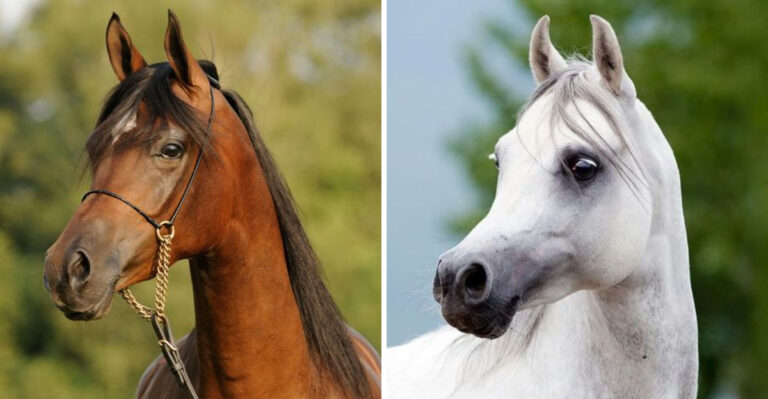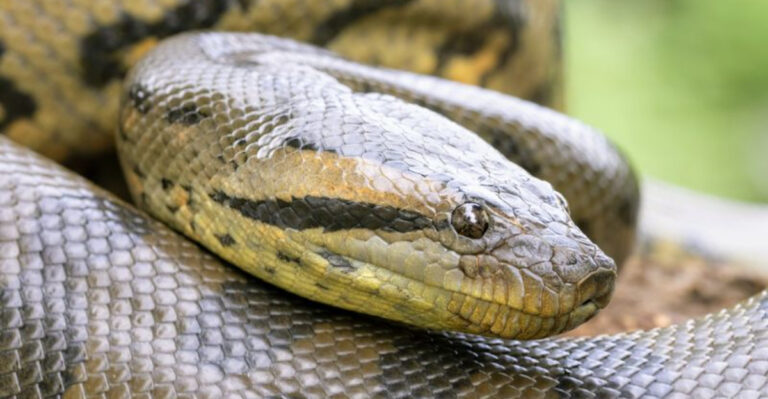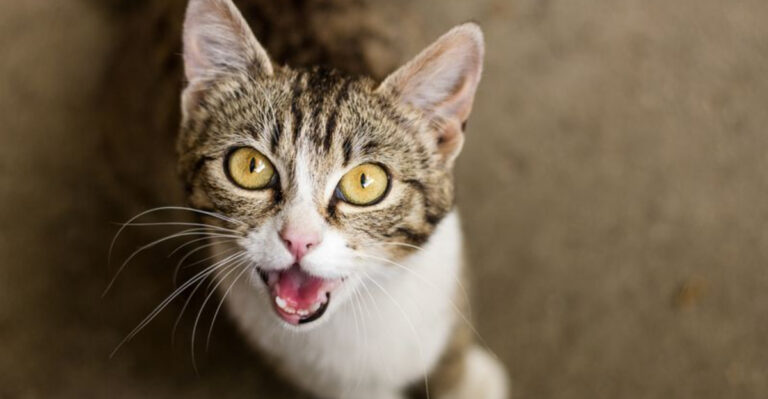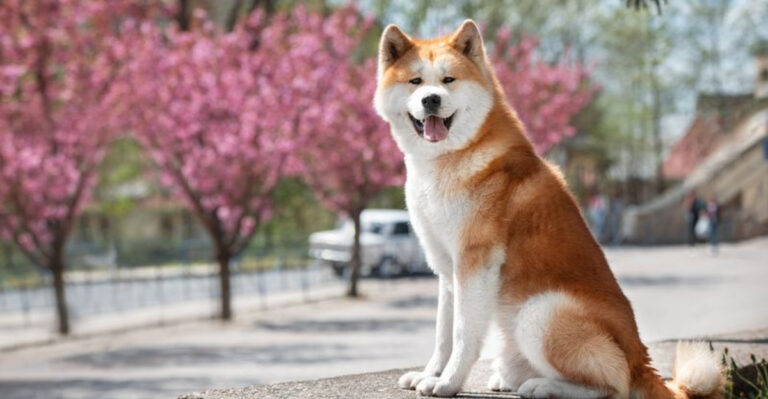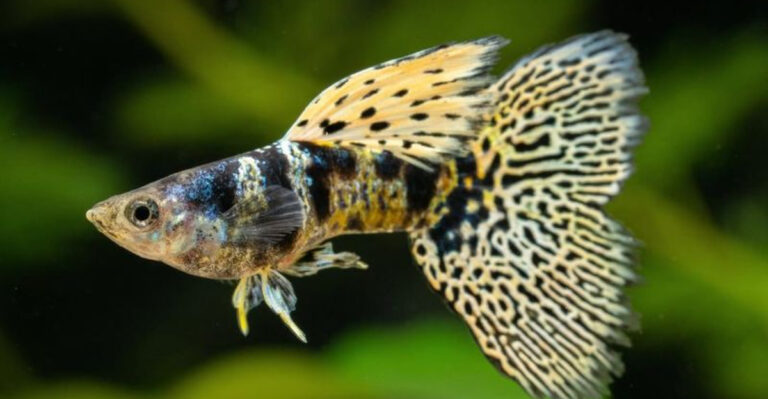14 Once-Massive Animals That Are Now Much Smaller (And The Reasons Behind It)
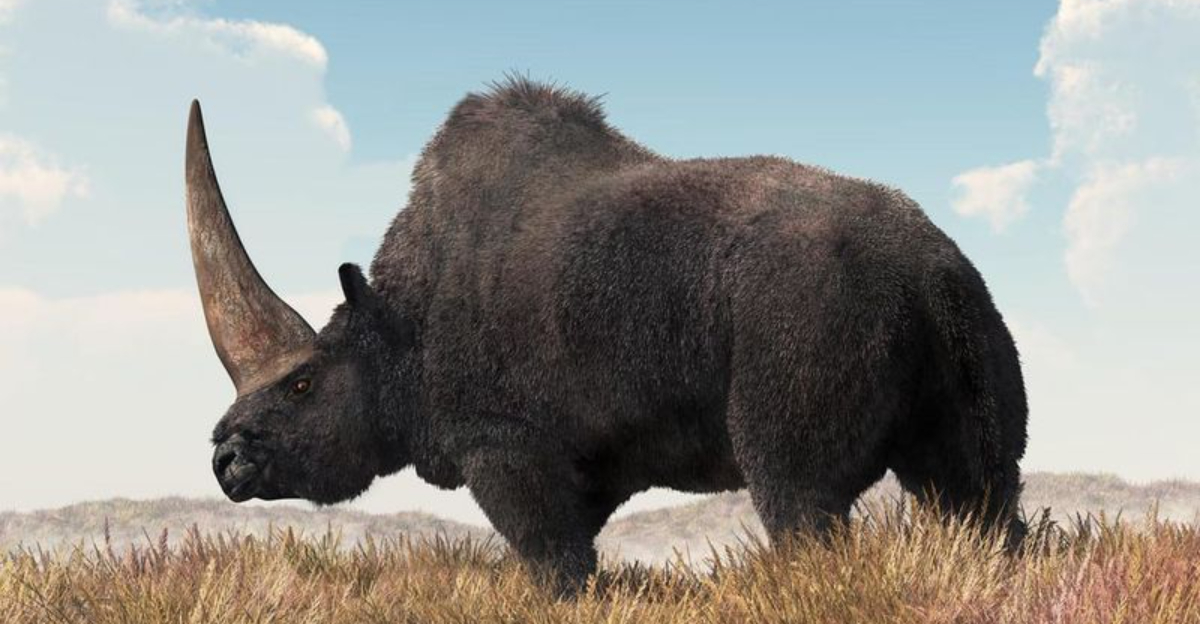
Ever wondered why some animals seem to be downsizing over time? Mother Nature has been quietly reshaping species for thousands of years through a fascinating process called evolutionary shrinking.
From enormous prehistoric beasts to their modern, pocket-sized descendants, these animals tell an incredible story of adaptation and survival in our ever-changing world.
1. Mighty Mammoths To Modest Elephants
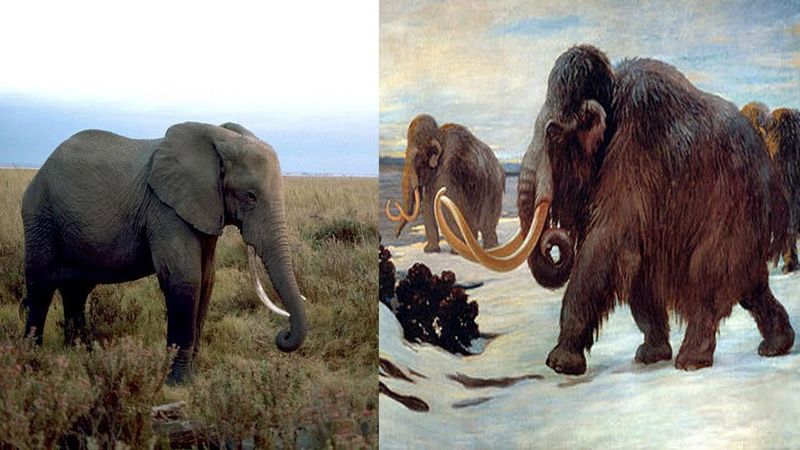
Standing nearly 14 feet tall with tusks stretching 16 feet long, woolly mammoths dwarfed today’s elephants. Their massive size helped them survive Ice Age conditions.
Modern elephants evolved to be smaller as warming climates made enormous body mass less necessary. Smaller bodies require less food and adapt better to fragmented habitats caused by human expansion.
2. Titanic Terror Birds To Tiny Chickens
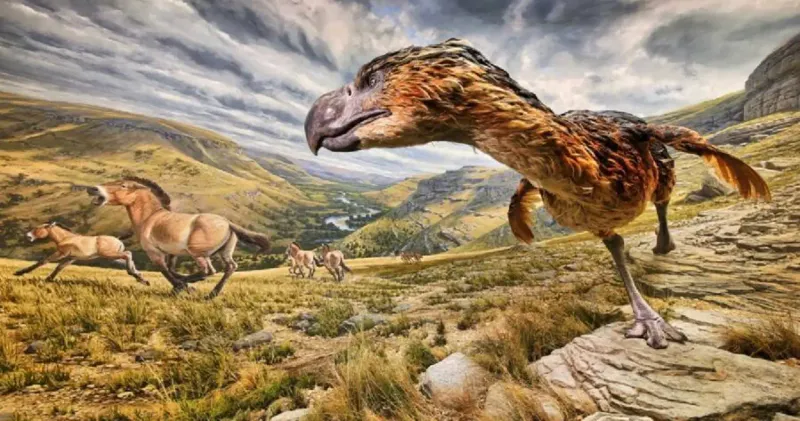
Imagine a bird taller than NBA players! Phorusrhacids, or ‘terror birds,’ once stood 10 feet tall with bone-crushing beaks that could demolish prey in seconds.
Today’s chickens descended from similar dinosaur lineages but evolved into much smaller packages. Climate change, competition with mammals, and eventual domestication by humans all contributed to their dramatic size reduction.
3. Giant Ground Sloths To Hanging Tree Dwellers
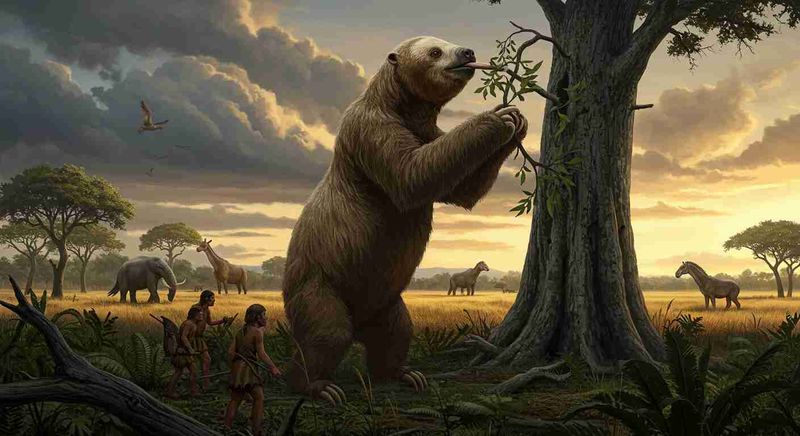
Would you believe sloths were once the size of elephants? Megatherium, the giant ground sloth, weighed up to 4 tons and stood on hind legs to reach treetops.
Today’s tree sloths are tiny by comparison. Their miniaturization came after large herbivore niches were filled by more efficient mammals. Moving to the trees required smaller bodies that branches could support.
4. Colossal Megalodon To Modern Sharks
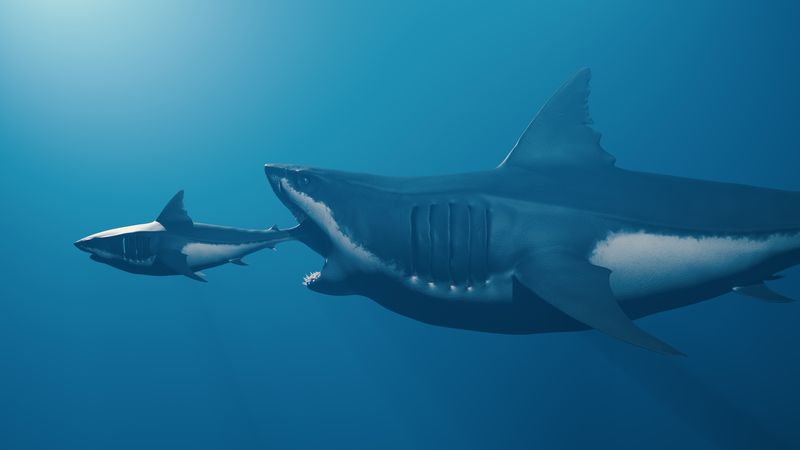
With jaws powerful enough to crush a car, the prehistoric Megalodon reached lengths of 60 feet – three times larger than today’s great white sharks!
Cooling oceans and competition for food resources likely drove shark evolution toward smaller, more energy-efficient bodies. Great whites and other modern sharks represent a downsized but equally impressive continuation of this ancient predatory lineage.
5. Titanoboa To Today’s Constrictors
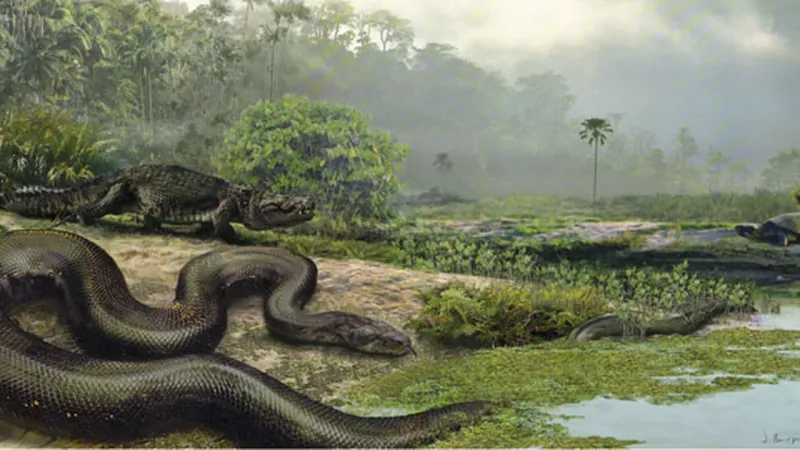
Slithering through ancient rainforests was Titanoboa, a snake so massive it could swallow crocodiles whole. At 42 feet long and weighing over a ton, it makes today’s anacondas look like garden snakes.
As global temperatures cooled after the dinosaur extinction, giant cold-blooded reptiles couldn’t maintain their massive size. Modern constrictors evolved smaller bodies that require less heat and energy to function effectively.
6. Monstrous Megatherium To Modern Sloths
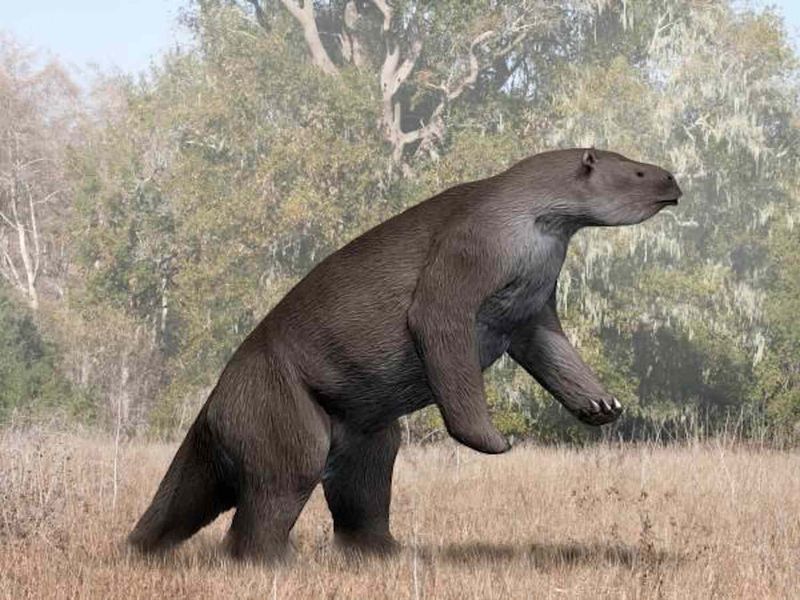
Forget about those cute, slow-moving tree huggers! Ancient sloths were ground-dwelling giants weighing up to 4 tons with powerful claws that could rip through vegetation and defend against predators.
Today’s sloths adapted to arboreal life where smaller size was advantageous. Their evolutionary shrinking coincided with changing forests and competition from other large herbivores like bison and deer.
7. Towering Irish Elk to Modern Deer
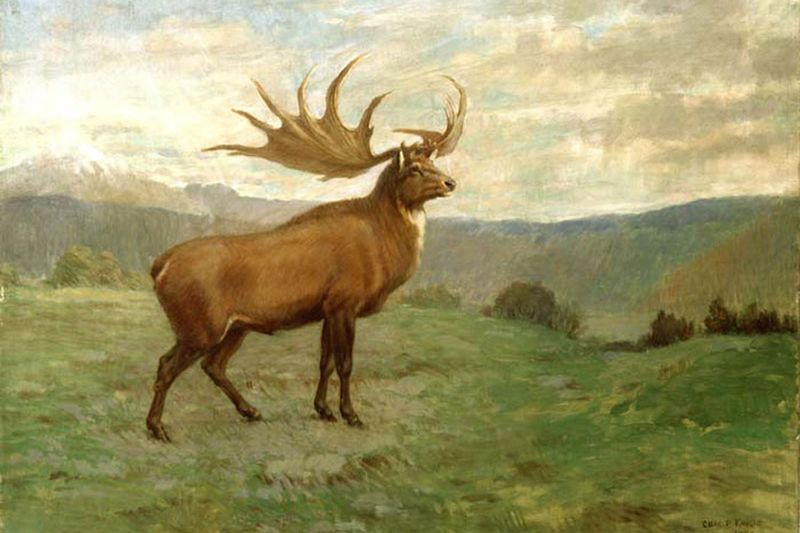
Sporting antlers spanning 12 feet wide – wider than a car – the Irish Elk wasn’t actually an elk at all, but the largest deer that ever lived!
Its modern descendants, like red deer and moose, evolved smaller bodies and antlers as forests replaced open grasslands. Smaller antlers required less calcium and energy to grow, giving these downsized deer better survival odds during resource-scarce periods.
8. Massive Moa To Modern Flightless Birds
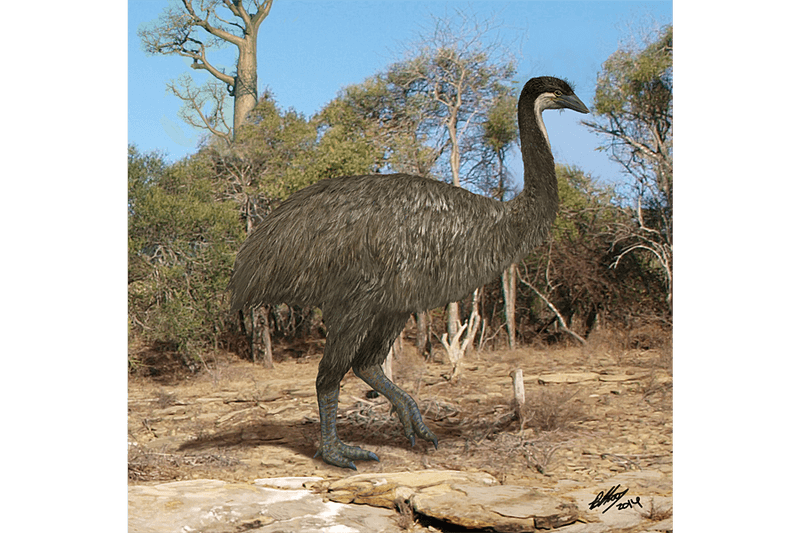
Reaching heights of 12 feet, the now-extinct moa birds of New Zealand were feathered skyscrapers compared to their modern relatives like kiwis and emus.
Island isolation initially allowed these birds to grow enormous without predator pressure. When humans arrived with hunting tools and habitat destruction, only the smaller, more elusive flightless birds survived – a case of evolutionary selection favoring the small.
9. Brawny Bison To Compact Cattle
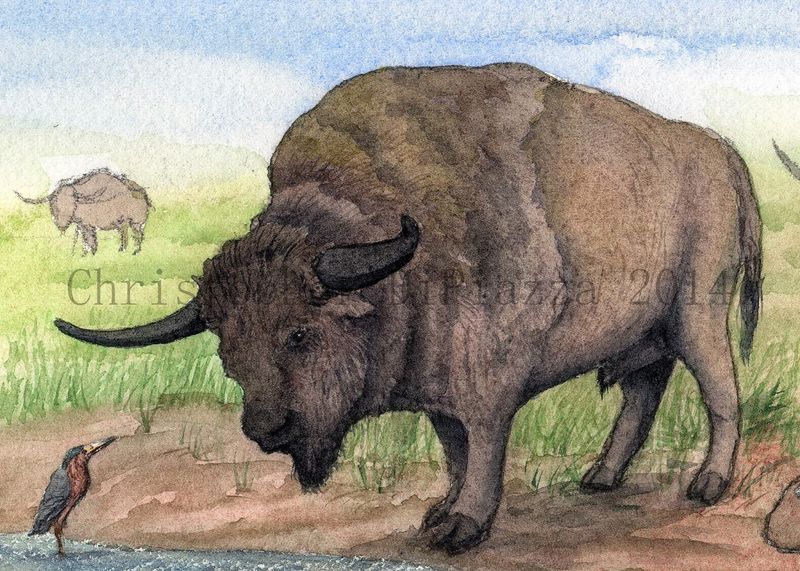
Ancient bison were true behemoths – standing over 8 feet tall with horns spanning 6 feet! These Ice Age giants roamed North American plains in massive herds.
Today’s bison and domestic cattle are considerably smaller. Climate warming after the Ice Age favored animals that required less food. Human domestication further accelerated size reduction, selecting for manageable animals that matured quickly.
10. Enormous Elasmotherium To Rhinos
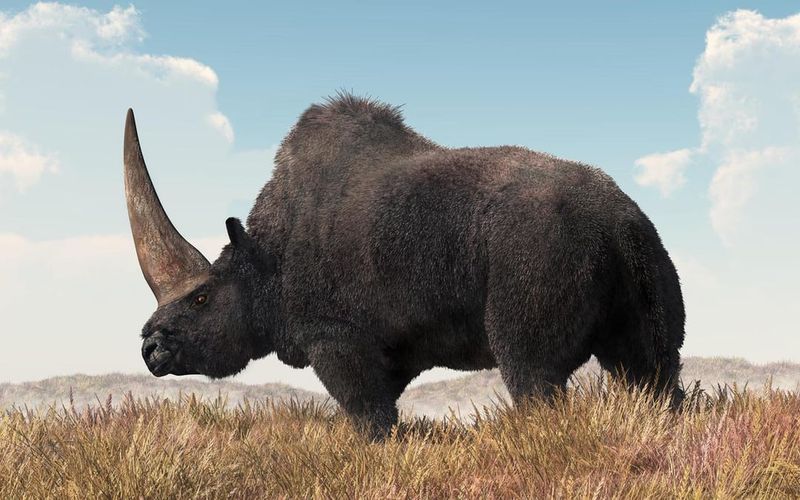
Picture a rhinoceros the size of a dump truck with a single horn reaching six feet long! The prehistoric Elasmotherium makes today’s rhinos look like ponies.
Modern rhinos evolved smaller bodies as grasslands replaced ancient forests. Their size reduction followed climate shifts that changed their food sources. Smaller bodies required less vegetation and could survive in more restricted territories.
11. Gigantic Glyptodon To Armadillos
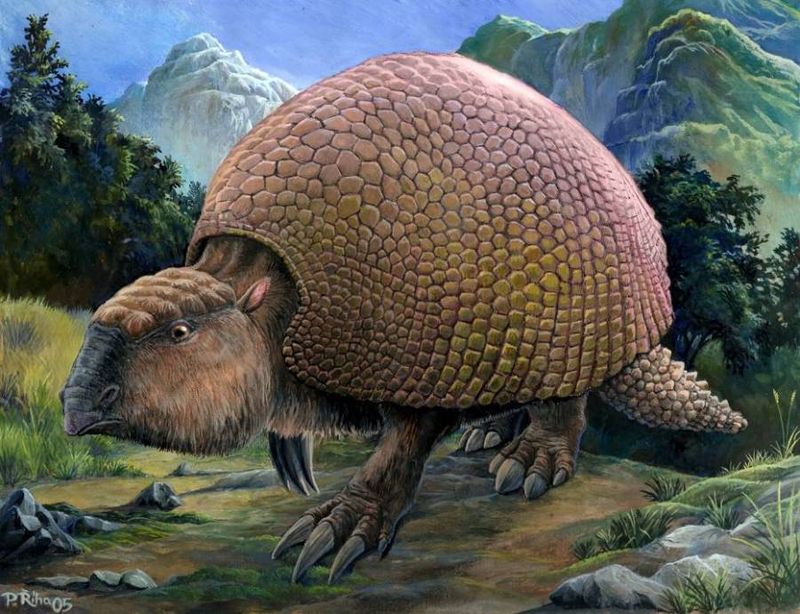
Covered in a tank-like shell and weighing up to two tons, the ancient Glyptodon was essentially a Volkswagen Beetle with legs and a tail!
Today’s armadillos – their direct descendants – fit in your arms. This dramatic downsizing occurred as their defensive armor became less necessary against extinct predators. Smaller bodies allowed modern armadillos to dig burrows and escape threats rather than relying on size.
12. Colossal Cave Bears To Modern Bears
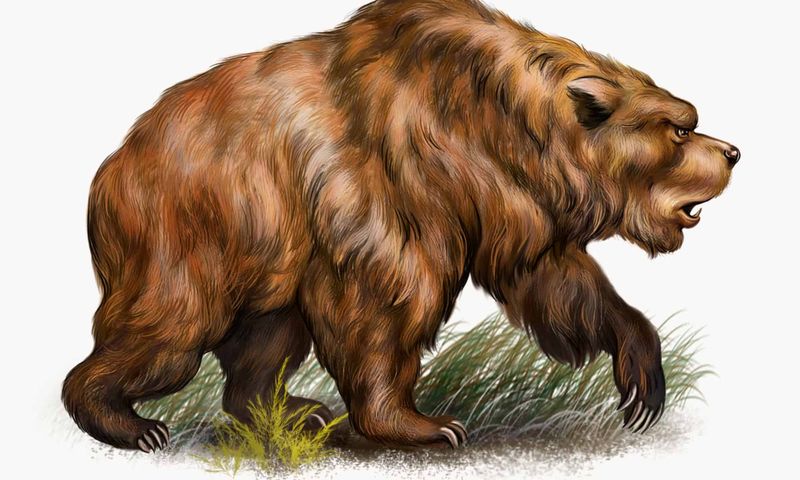
Looming large in prehistoric Europe were cave bears – monsters standing 11 feet tall when reared up, with shoulders twice as broad as today’s grizzlies!
Modern bears downsized as their ice age prey disappeared. Smaller bodies proved more versatile for exploiting varied food sources. Bears that could survive on less food and adapt to different environments passed these genes to future generations.
13. Prodigious Paraceratherium To Tapirs
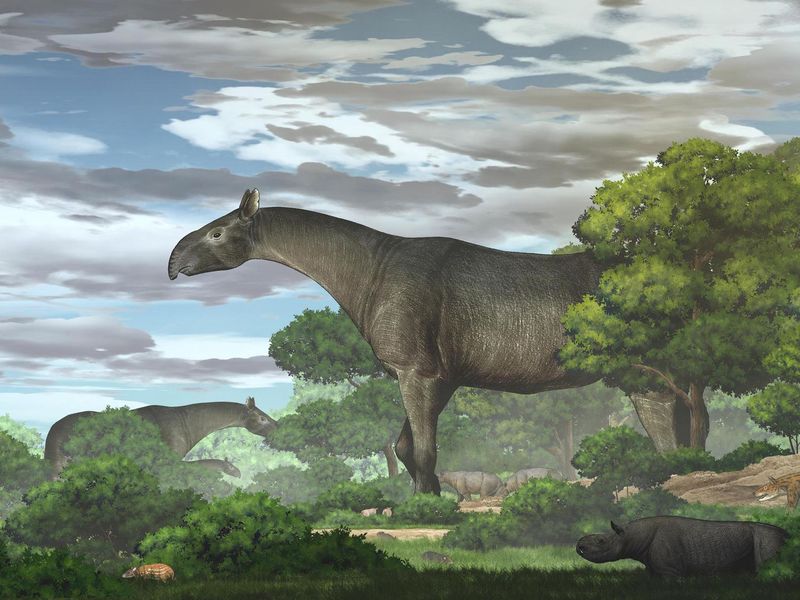
Stretching 26 feet long and standing 18 feet tall, Paraceratherium was the largest land mammal ever! This hornless relative of rhinos and tapirs could browse treetops without stretching.
Modern tapirs – their distant cousins – are relatively tiny. Climate cooling shrank their tropical habitats, while smaller bodies allowed them to hide in dense forests. Their trunk-like snouts evolved as an adaptation to reach food without needing giraffe-like height.
14. Jumbo Jaekelopterus To Horseshoe Crabs
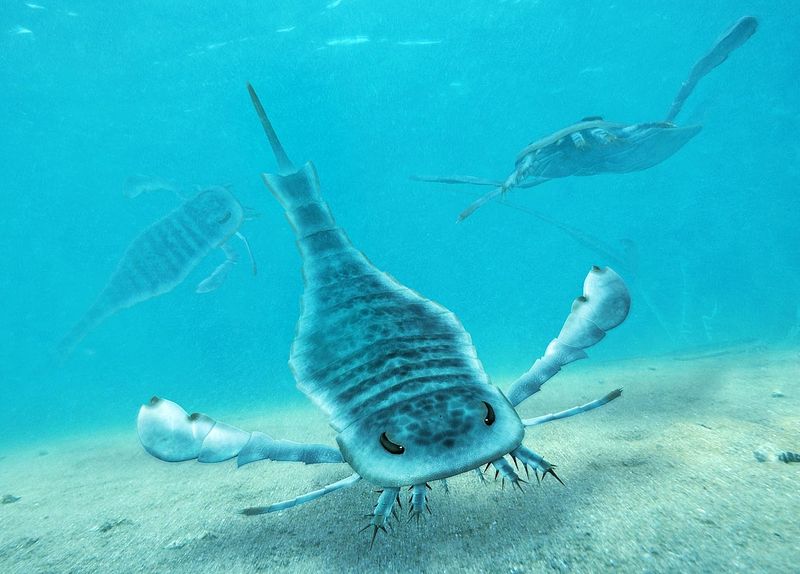
Lurking in ancient seas was Jaekelopterus, a sea scorpion reaching 8 feet long – bigger than you are tall! These aquatic monsters dominated prehistoric oceans as apex predators.
Today’s horseshoe crabs and sea scorpions are mere shadows of their ancestors. Oxygen levels in Earth’s atmosphere decreased over time, limiting the size arthropods could grow. Competition with emerging fish and marine reptiles also favored smaller, more specialized body types.

